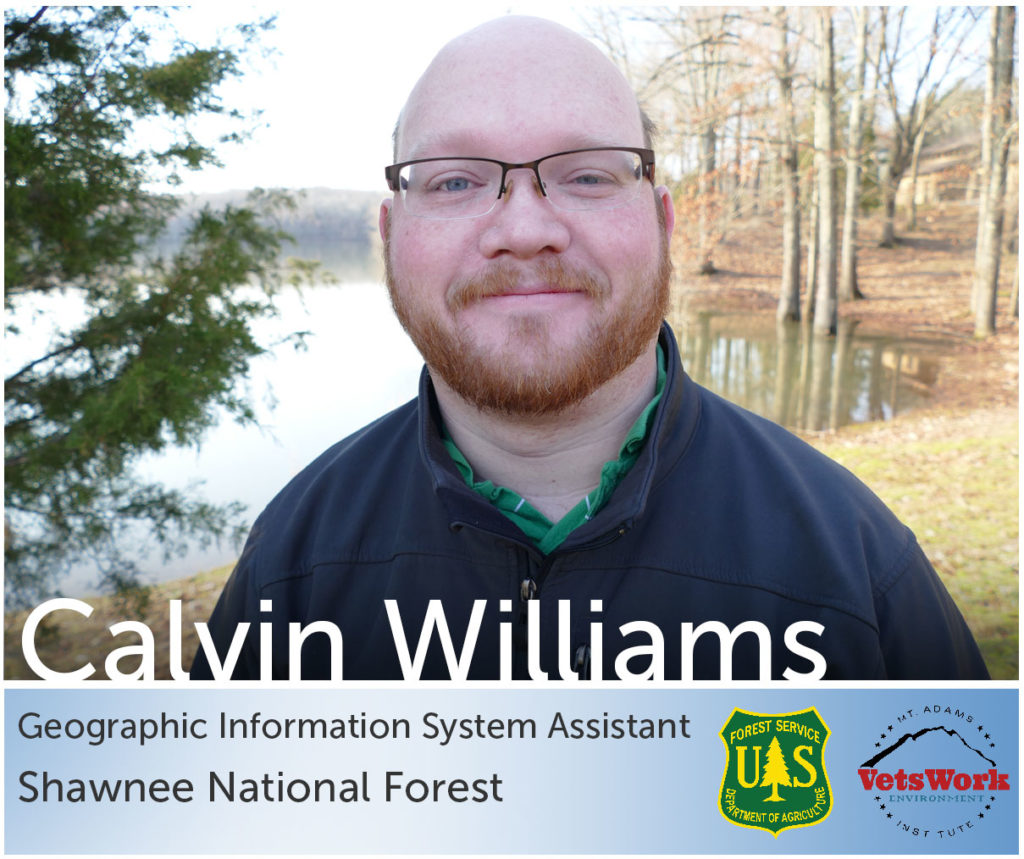
Floods are typically seen as a temporary event that can cause little to severe change in an environment. Some damage may only be temporary up to a couple days or weeks, while others last seasonally, and others cause much more invasive and permanent changes. As waters recede sediment is deposited or taken elsewhere and the terrain is modified. While water damages structure and personal property it has the ability to change where it flows as well. As humans build on or modify land in floodplains it always causes displacement. Roads as an example become man made levees forcing an artificial change in floodplain widths.
Satellite and aerial images can help visualize the impact of flooding and damage. With the use of GIS the extent of the flood can be mapped so that response teams can identify where they are needed and respond quickly. Not only can GIS information be used for emergency response planning but it is also a welcome tool for monitoring change over time.
Landsat imagery is typically used for scientific analysis as multiple bands or ranges of light are collected and arranged in sequences to identify particular materials through reflective or absorption properties. The usefulness of Landsat comes from the span of time Landsat imagery / data has been collected and the continued frequency and coverage of collection. It is also typically used for big picture or strategic planning considering it has large coverage. Unfortunately due to low resolution this flexible data has been often overlooked with the ongoing availability of newer products like QuickBird or BuckEye imagery.
The several images included are Landsat scenes showing normal stage, flood stage, and recovery of the Wabash River at the connection of the Ohio River. A decade of images show some of the changes that occur with meandering streams. These evolutions include cut banks, point bars, mid –channel bars, cutoffs, and the eventual creation of an oxbow lake and / or meander scar. It is important to note that stream flow is always changing and natural processes and human-induced developments are both mechanism for changes in streamflow and stage.
The new cut offs formed from flooding, which is common with meandering rivers like the Wabash, but it is however rare to witness a cutoff forming. These cutoffs in particular made about 2,200 acres of valued agricultural land inaccessible, the river 7.5 miles shorter, and greatly increased the gradient.

